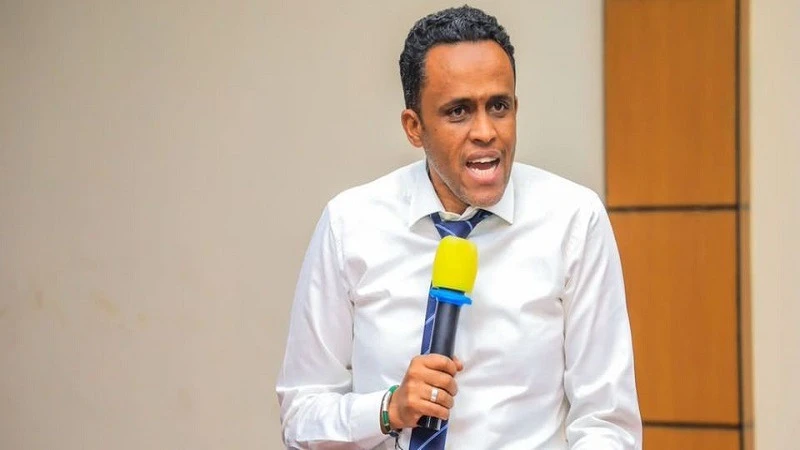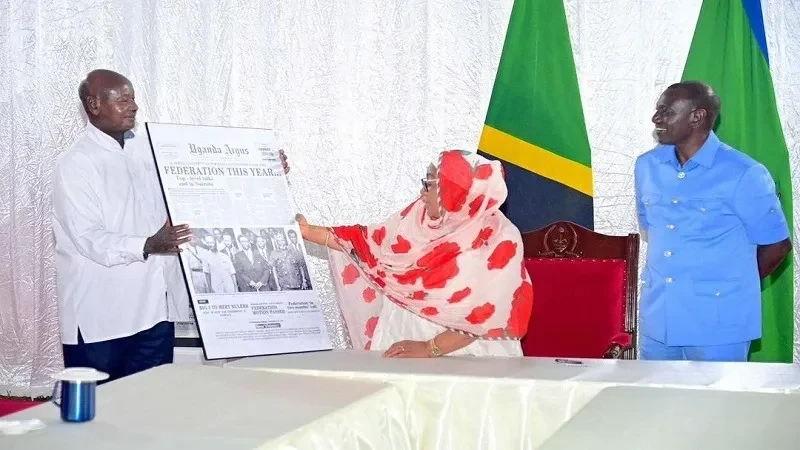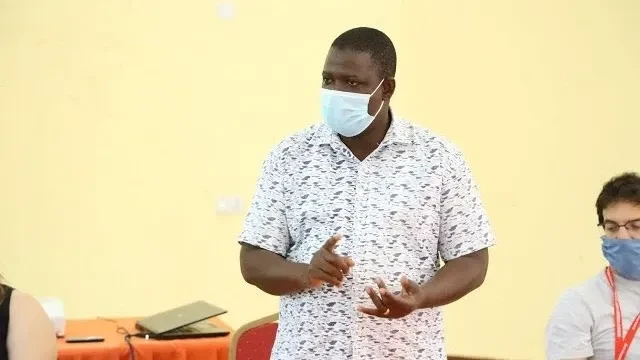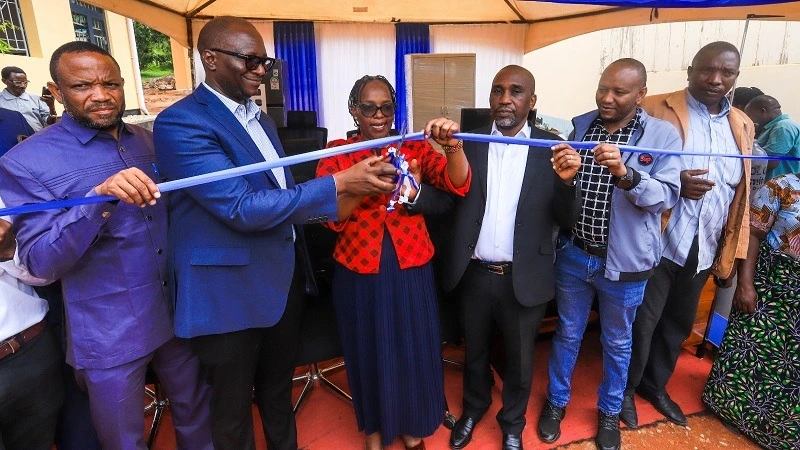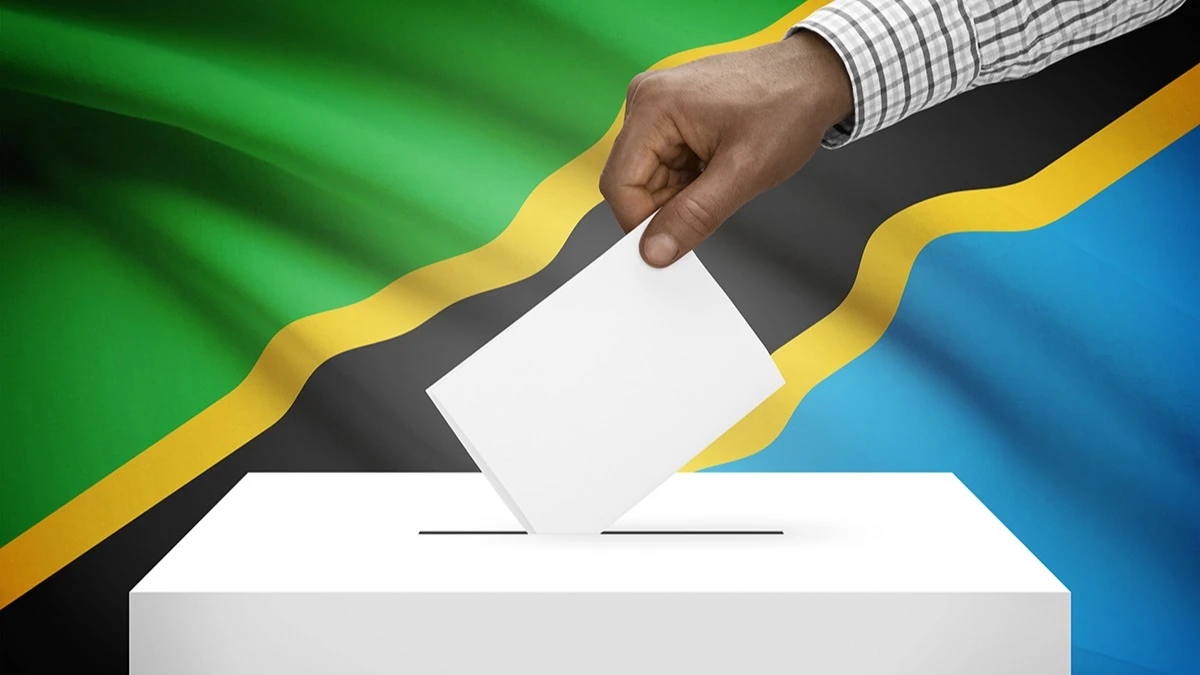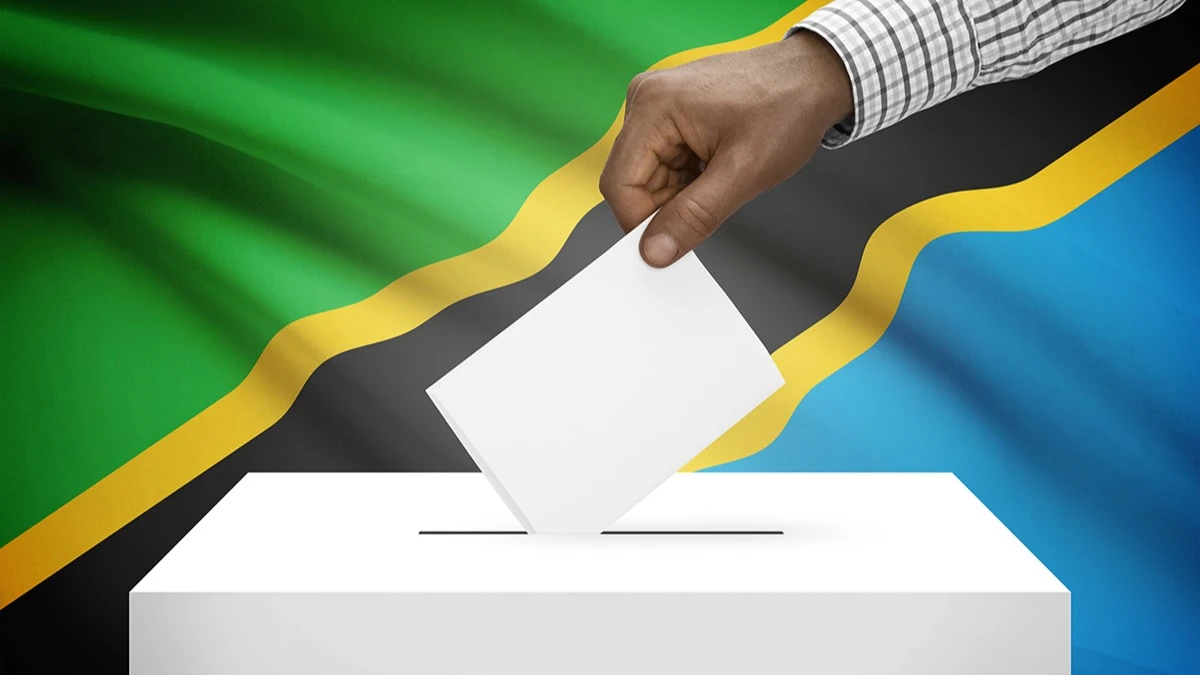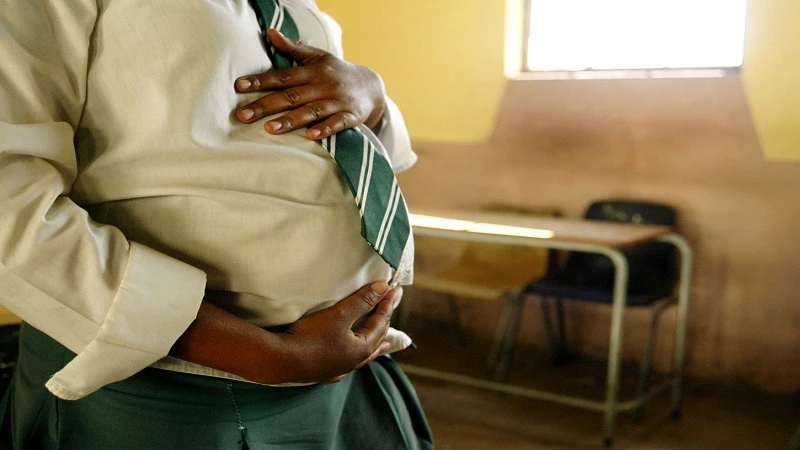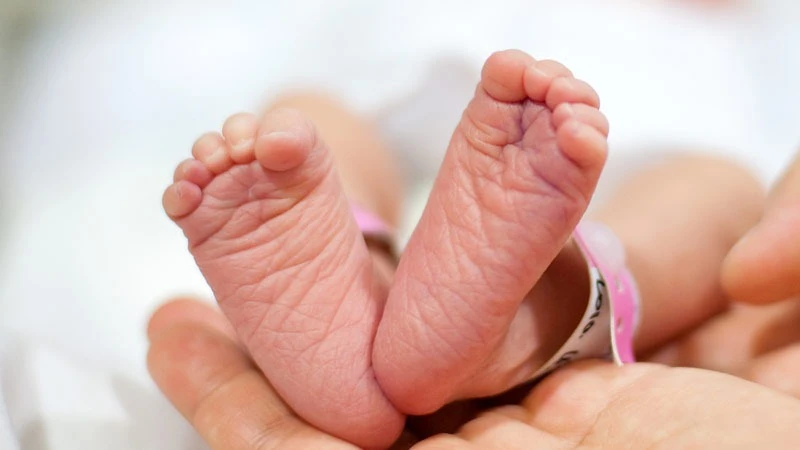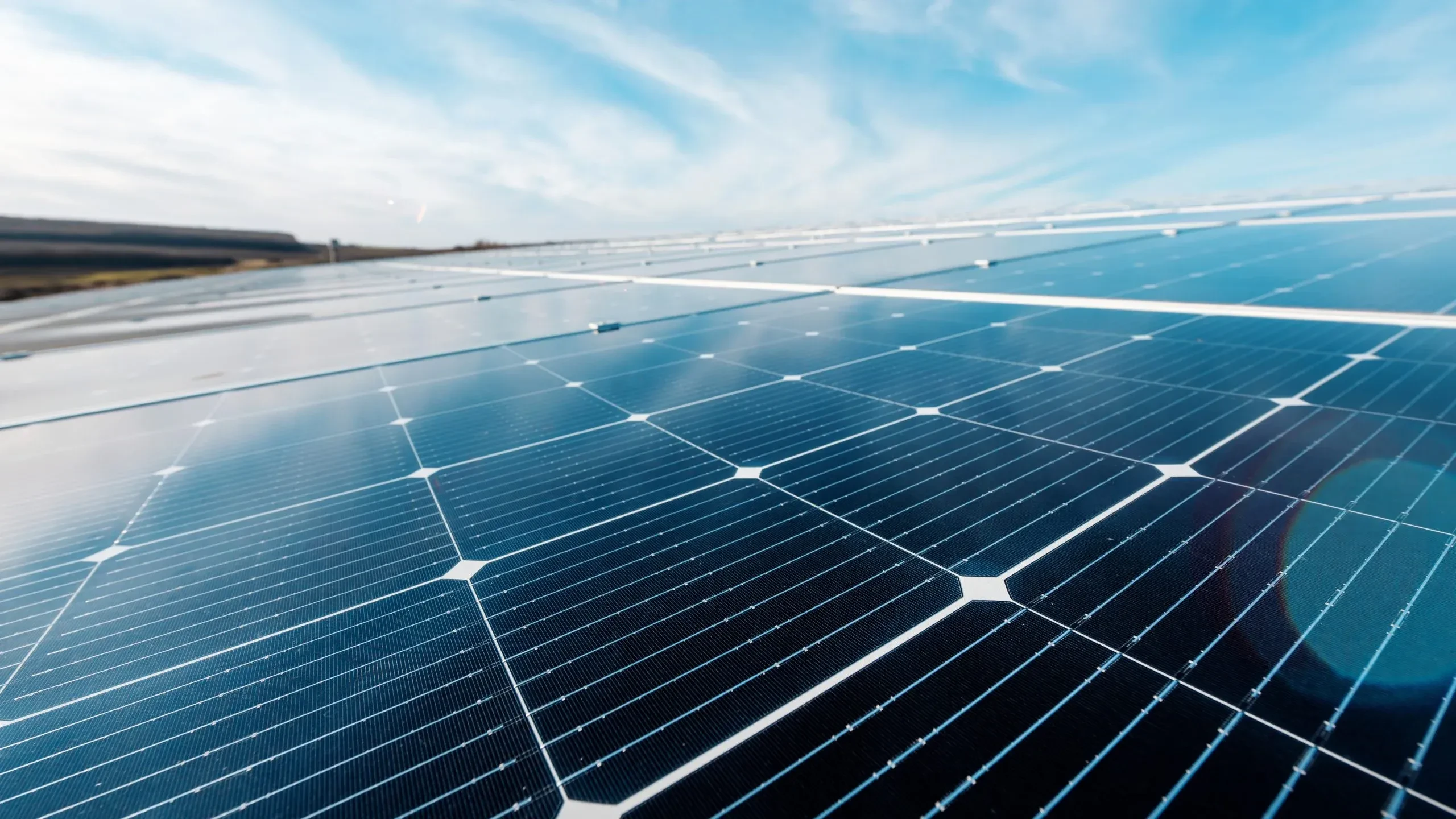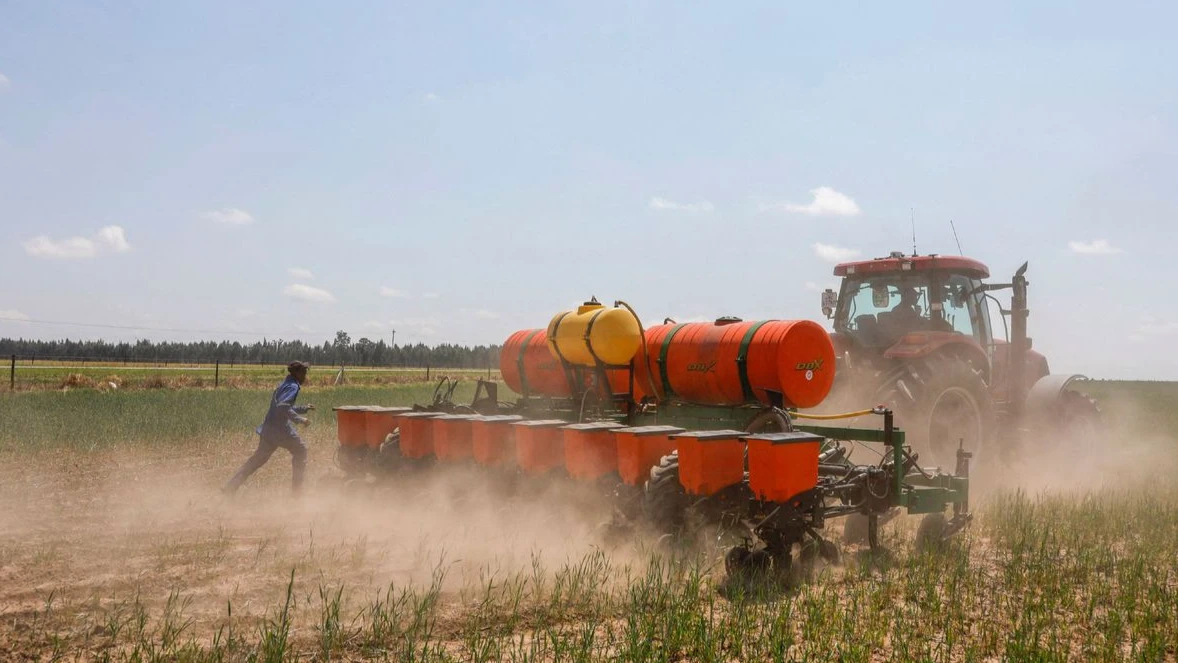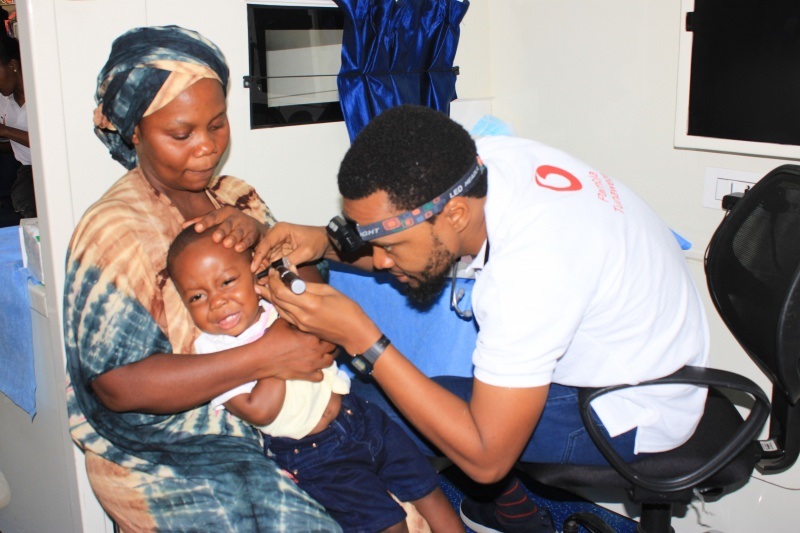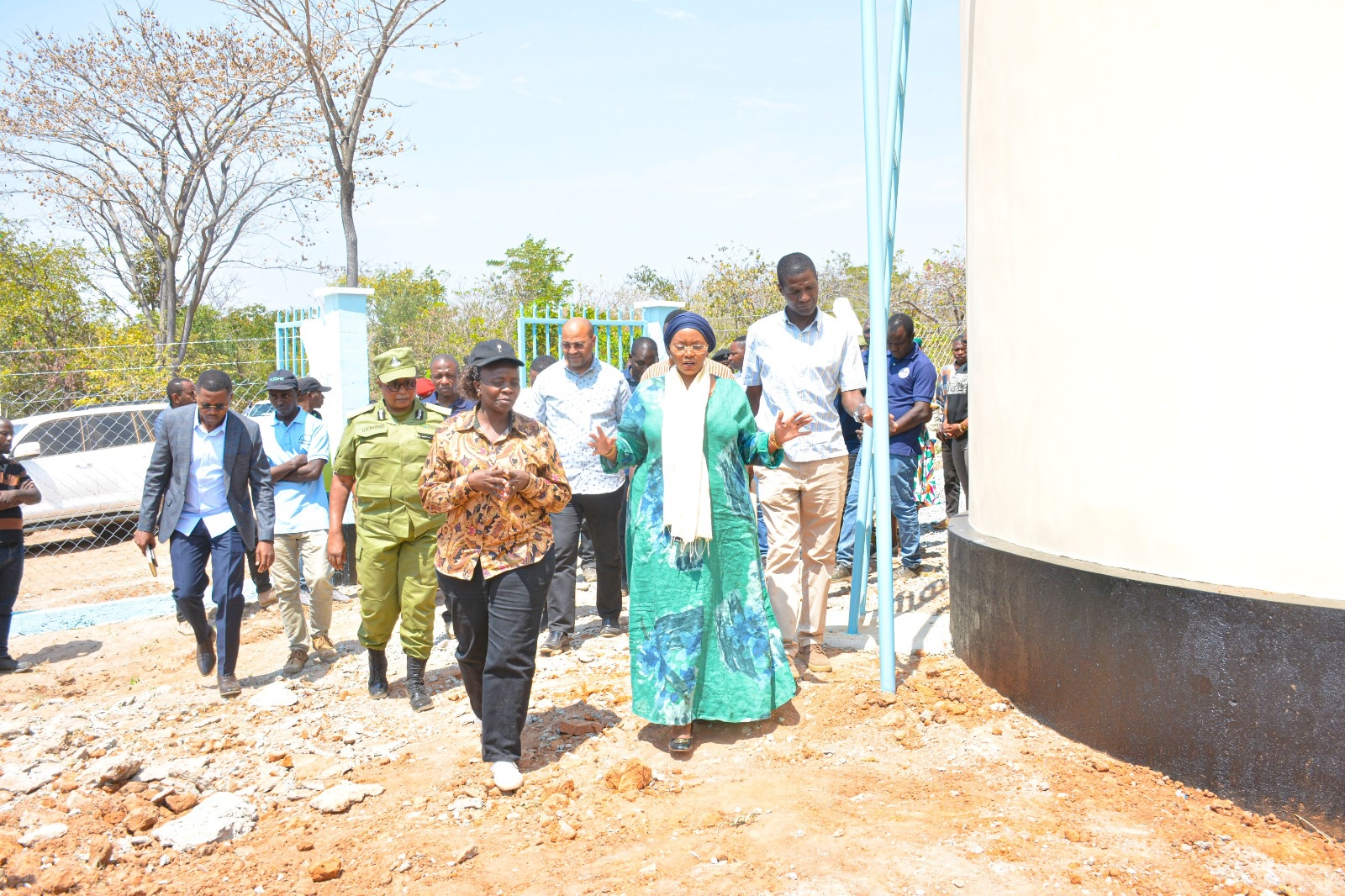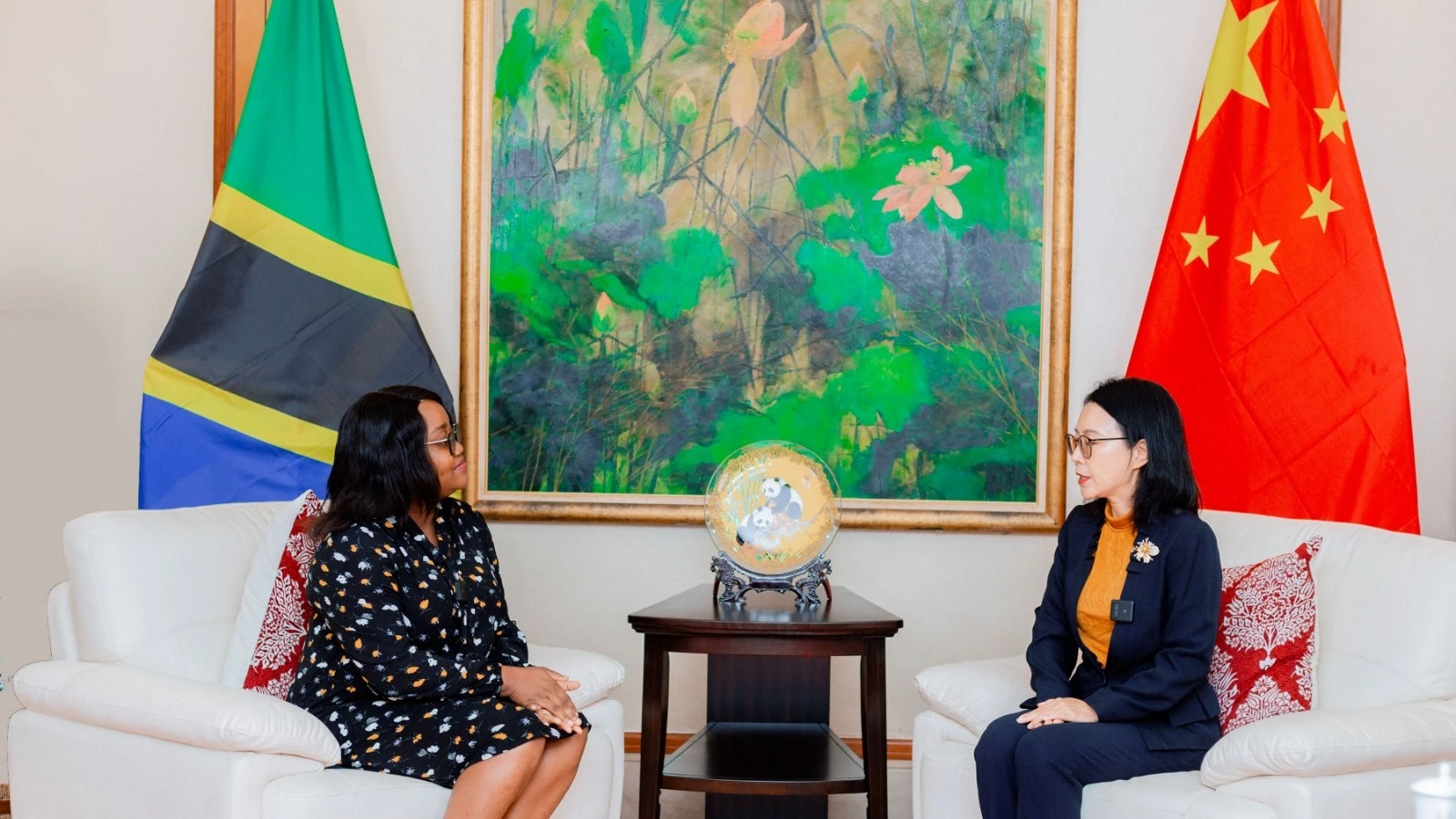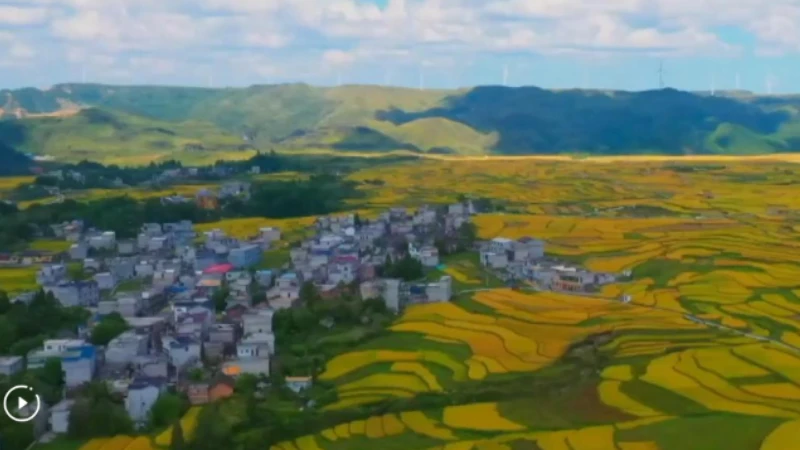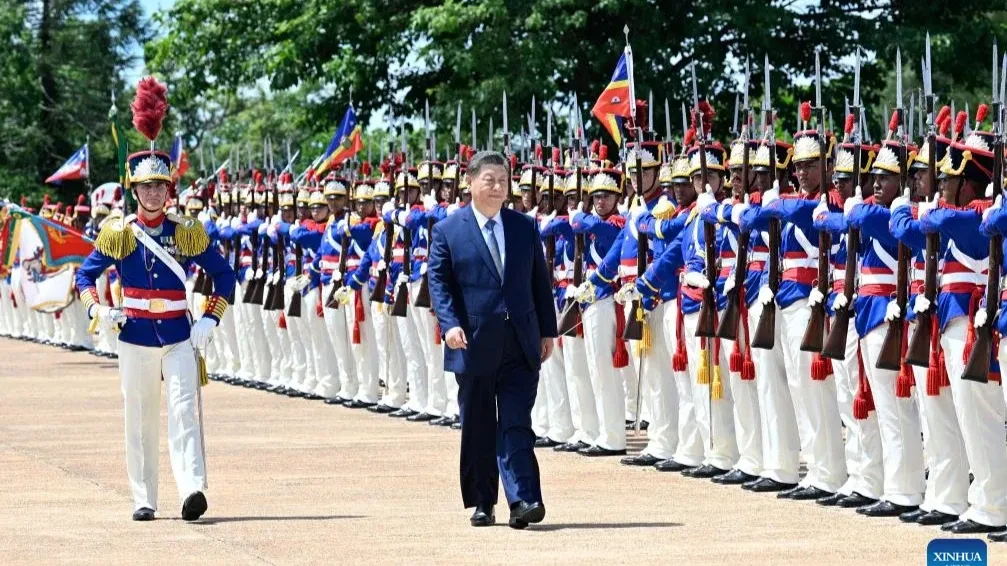Data-driven fertiliser hub launched to bolster crop yields in west Africa

A NEW initiative uses artificial intelligence and data science to help transform food production in West Africa, where declining soil fertility and inefficient fertilizer use continue to suppress agricultural productivity.
The Regional Hub for Fertilizer and Soil Health in West Africa, launched in 2024 under the Economic Community of West African States (ECOWAS), provides site-specific, data-driven fertilizer recommendations tailored to local soil conditions, crop types, and climate variability.
The Hub is led by the International Institute of Tropical Agriculture (IITA), with support from partners including the World Bank, OCP Africa, International Fertilizer Development Centre (IFDC), African Plant Nutrition Institute (APNI) and University Mohammed VI Polytechnic (UM6P).
Together, they deploy advanced agronomic models to address a growing threat to food security: nutrient-depleted soils.
Many smallholder farmers across West Africa and the Sahel struggle with persistently low yields due to continuous farming practices that extract nutrients—particularly nitrogen (N), phosphorus (P), and potassium (K)—without replenishment.
“Crops take up nutrients during growth and harvest, and if we don’t replace them, the soil becomes exhausted,” said Dr Siyabusa Mkuhlani, Associate Scientist in Data Science at IITA-Kenya. “That’s nutrient mining.”
Most fertilizer use in the region is done without proper soil testing or guidance, often leading to waste and environmental damage. The Hub’s approach aims to change this by delivering **localized, science-based recommendations** aligned with actual soil needs and farmer realities.
Central to this effort is AgWise, an open-source digital platform that integrates geospatial and agronomic datasets with real-time climate data and field trials.
AgWise helps guide optimal fertilizer use through the “4Rs of nutrient stewardship”: applying the right source at the right rate, right time, and right place.
Field experiments, known as nutrient omission trials, are underway in Ghana, Nigeria, Togo, Sierra Leone, and Liberia, focusing on key food security crops like maize, rice and cassava.
“We model exactly how much additional NPK a farmer needs to hit specific yield targets,” said Dr Mkuhlani. “But we also take into account how much the farmer can actually invest. If a farmer has $50, the model tailors a fertilizer blend—say, 20 kg nitrogen, 30 kg phosphorus, and 10 kg potassium—that fits their budget.”
Instead of presenting recommendations in technical terms, the system translates them into locally available fertilizer products, making the guidance accessible and actionable—even for farmers with limited formal education.
Designed to operate for at least a decade, the Hub will gradually expand across West Africa, supporting national agricultural strategies, enhancing the capacity of extension services, and promoting climate-smart, economically viable farming.
Legacy agronomic data is already being analyzed, and the process of generating full fertilizer recommendations is approximately 25 percent complete.
The focus remains on turning high-quality research into practical, farmer-friendly solutions.
“Our goal is to make West African farmers more productive and profitable—not through guesswork, but through precision,” Dr Mkuhlani said. “And we’re equipping extension officers with the tools and training to carry this knowledge to the field.”
Top Headlines
© 2025 IPPMEDIA.COM. ALL RIGHTS RESERVED


